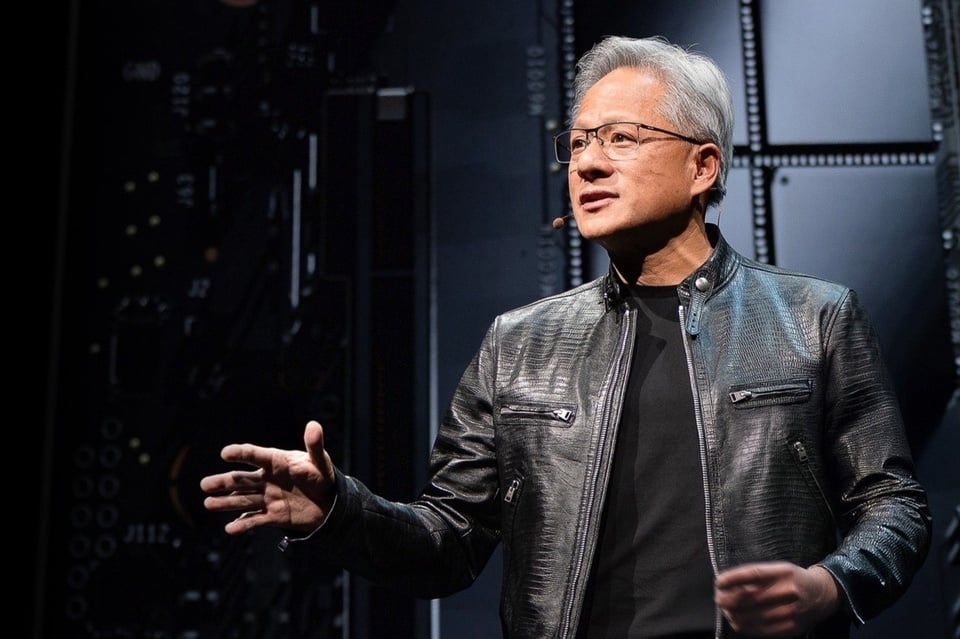 |
Nvidia CEO at the center of the world's largest computer show. Photo: Nvidia . |
Computex is considered one of the biggest technology events in the world, especially in the field of computers and accessories. For many years, its appeal has decreased when this field has been frozen, PCs and laptops have changed little.
Thanks to the AI craze, especially Jensen Huang, a native of Taiwan, the show is hot again. In addition to presenting for Nvidia, he has been a constant presence at other forums within the event, bringing the spotlight to his partners.
Global technology powerhouse
With a market cap of more than $3 trillion , Nvidia’s market cap could be larger than all the hardware companies at Computex 2025 combined. The company didn’t even have an official booth at the event, but its logo was everywhere at the computer show.
Rather than a hardware product or a standout solution, the partnership with Nvidia has become something many manufacturers want to show off. The centerpiece of MediaTek’s booth, the world’s largest chip maker, is the mini-computer they built with Nvidia.
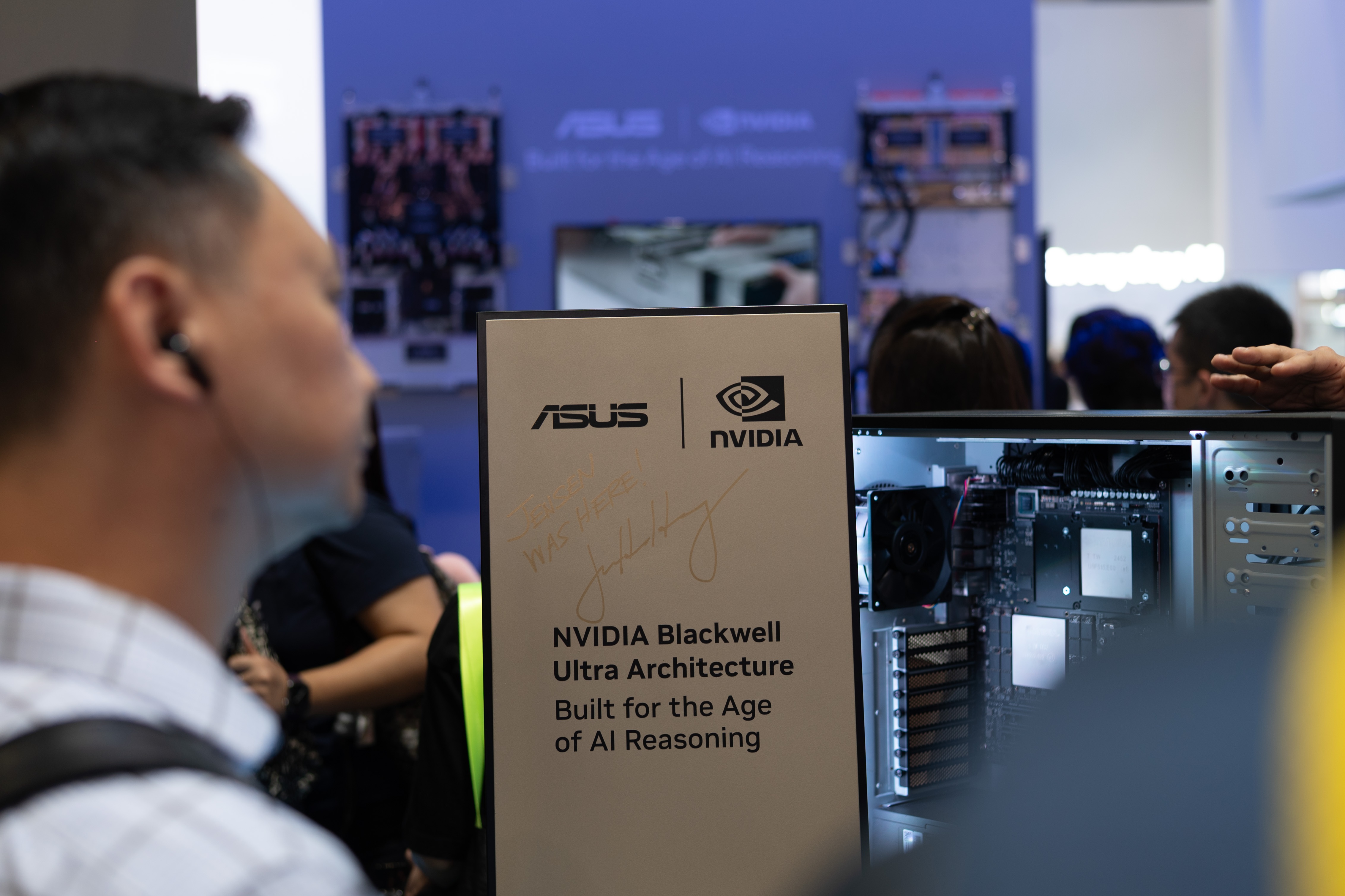 |
Without a booth, the Nvidia logo and Jensen Huang's signature were still present everywhere at Computex. |
The DGX Spark, a rare end-to-end AI product that individual customers can access, uses the GB10 platform of the Blackwell Grace architecture, similar to the expensive cards. The product's computing power is just enough to operate on a personal or small business scale. The product is part of a cooperation strategy between MediaTek and Nvidia, making specialized AI chips on the Arm platform, saving power and generating less heat.
Just as it did with gaming graphics cards, Nvidia is gradually sharing its success with partners in Taiwan. Instead of hardware exclusivity, Jensen Huang offers NV Link solutions that partners can customize on their platforms. This way, more companies can join the AI playing field.
Similar to the case of the DGX Spark, the machine is like a Founders Edition version of the Nvidia GPU. The GB10 chip is provided to many partners to manufacture computers themselves, and sell them to customers.
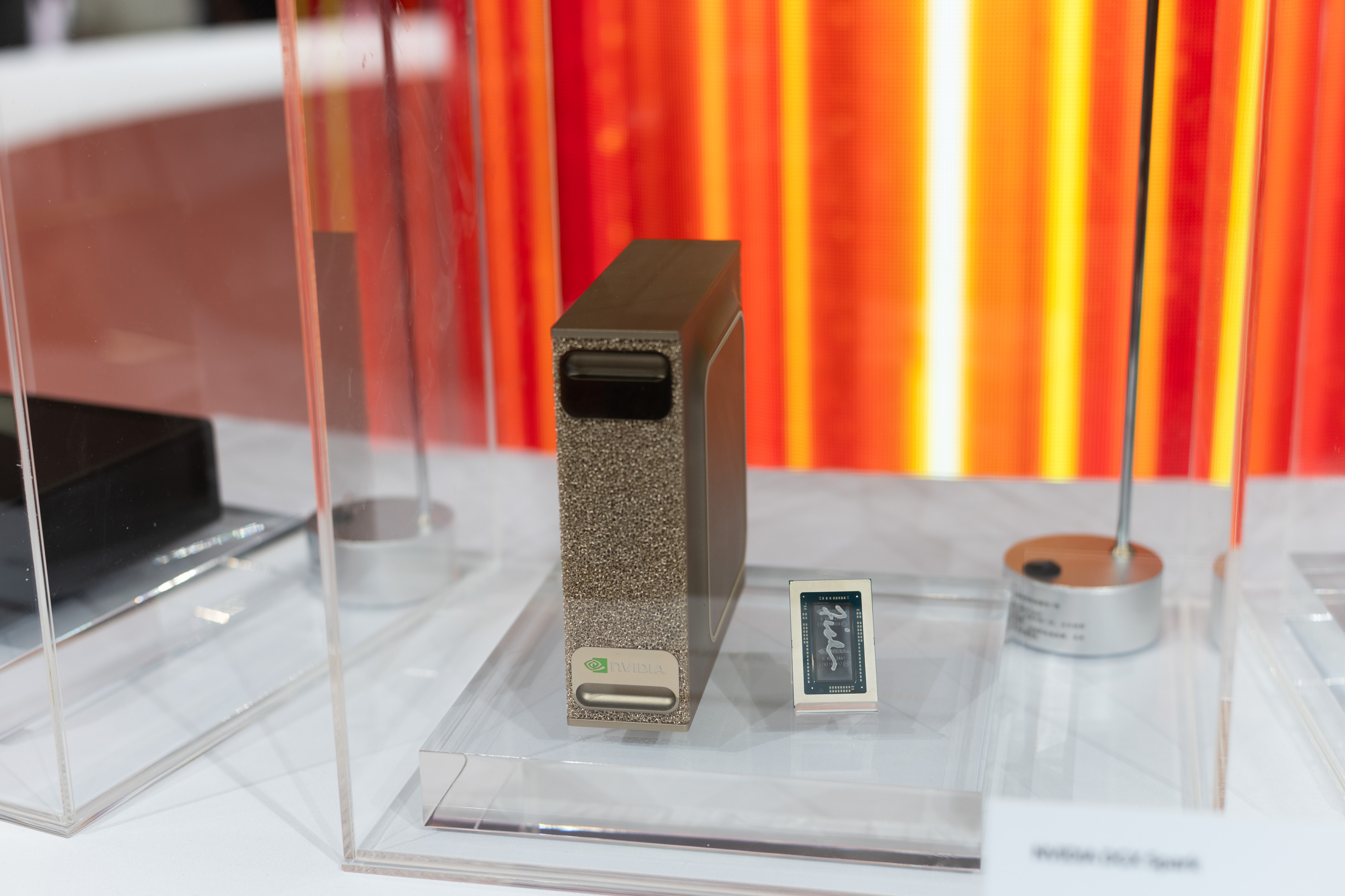 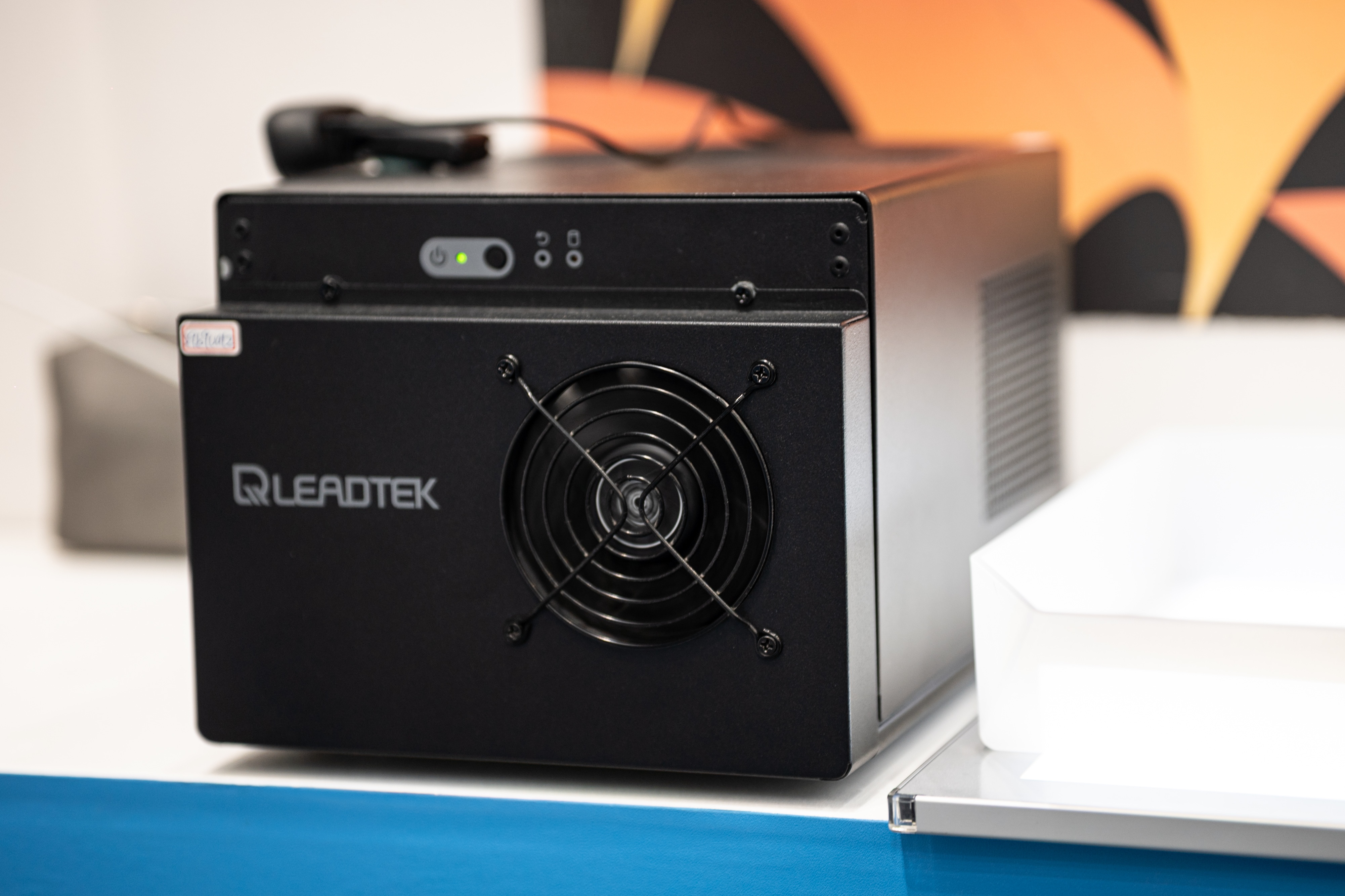 |
Nvidia expands cooperation, opening up opportunities to penetrate the AI market for partners in Taiwan. |
Leadtek, a Taiwan-based company, also attracted attention after Nvidia’s success. This was the exclusive distributor of the company’s graphics cards in Asia. When the AI craze exploded, Leadtek was sought after because they were also the only one selling specialized GPUs for training and operating artificial intelligence systems.
Taking advantage of the opportunity, the company expanded its end-to-end AI solution for end customers.
Pressure from Apple
Jensen Huang has brought new opportunities to Taiwan-based component makers, but the wave has yet to hit the PC market. After last year’s AI laptop boom, the market has been slow to react. Asus CEO Samson Hu believes it will take years for generative intelligence to help the market recover.
Amid this wave, Windows makers are slowly pivoting back to traditional features, where they have to outdo their biggest rivals. The overall trend in laptops at Computex 2025 is to reduce size and optimize power per watt.
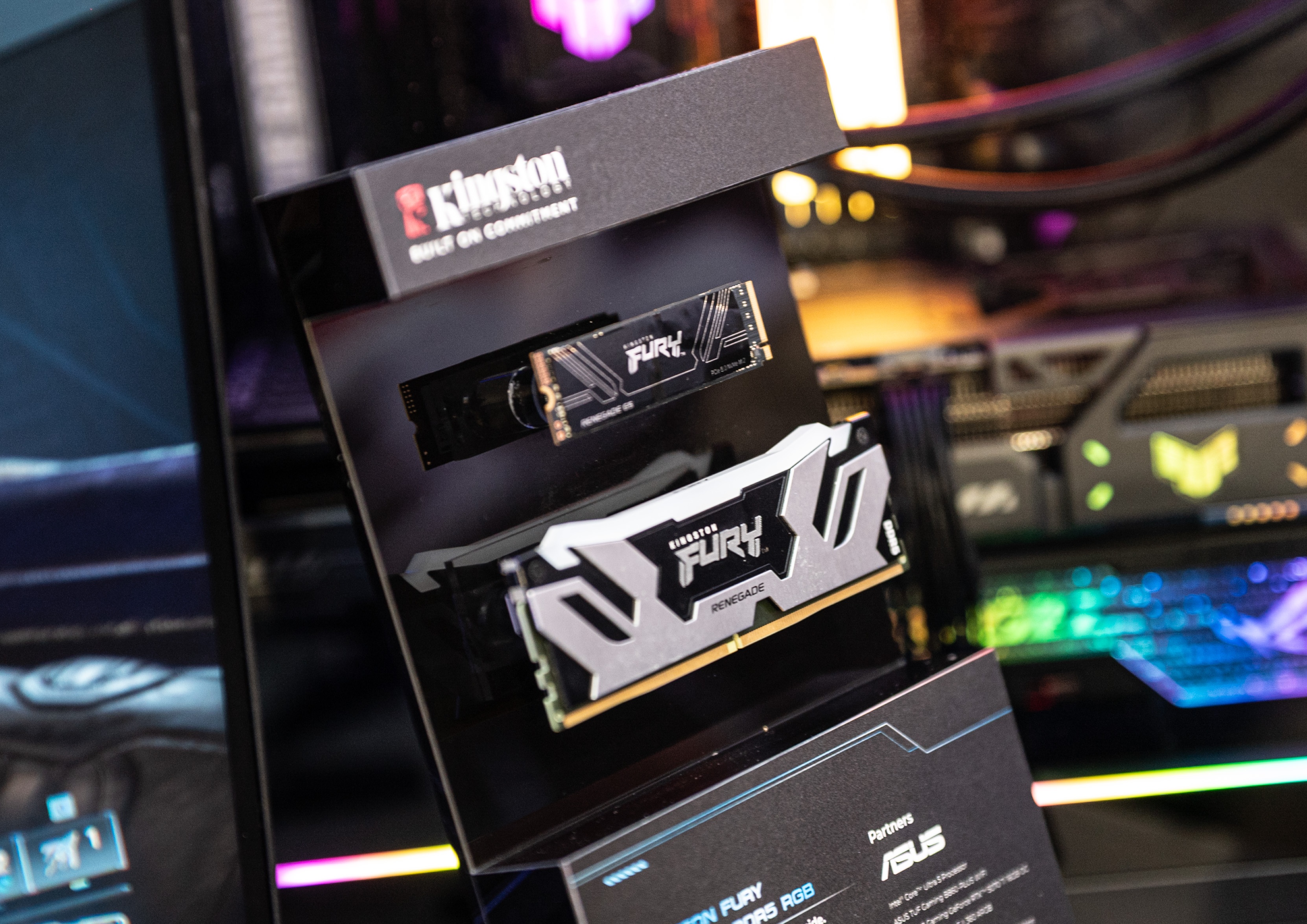 |
New RAM, SSD standards give Windows PCs more power to compete with Macs. |
At the event, Asus and Acer booths devoted a lot of space to showing off their thin and light models, instead of bulky gaming models. The Acer Swift Edge and Zenbook A models easily surpassed the MacBook in weight, solving many user problems. The companies also made efforts to upgrade materials so that customers do not have to compromise on battery or body rigidity.
In terms of configuration, Qualcomm, Intel and AMD are engaged in a ruthless battle. Not only pure power, the three manufacturers are looking for ways to make their chips use less electricity and generate less heat. Snapdragon X wins in this aspect, but is lacking in applications right now.
In addition to chips, RAM and SSDs are also components that power Macs thanks to their high read and write speeds. Windows manufacturers are gradually responding with the new DDR5 and PCIe 5.0.
For example, Kingston's flagship NVMe Fury Renegade G5 SSD has sequential read and write speeds of over 14,000 MB/s. That's double the performance achieved by the MacBook Pro M4. This means that newer Windows computers can access data much faster.
Source: https://znews.vn/san-choi-cua-jensen-huang-post1555719.html


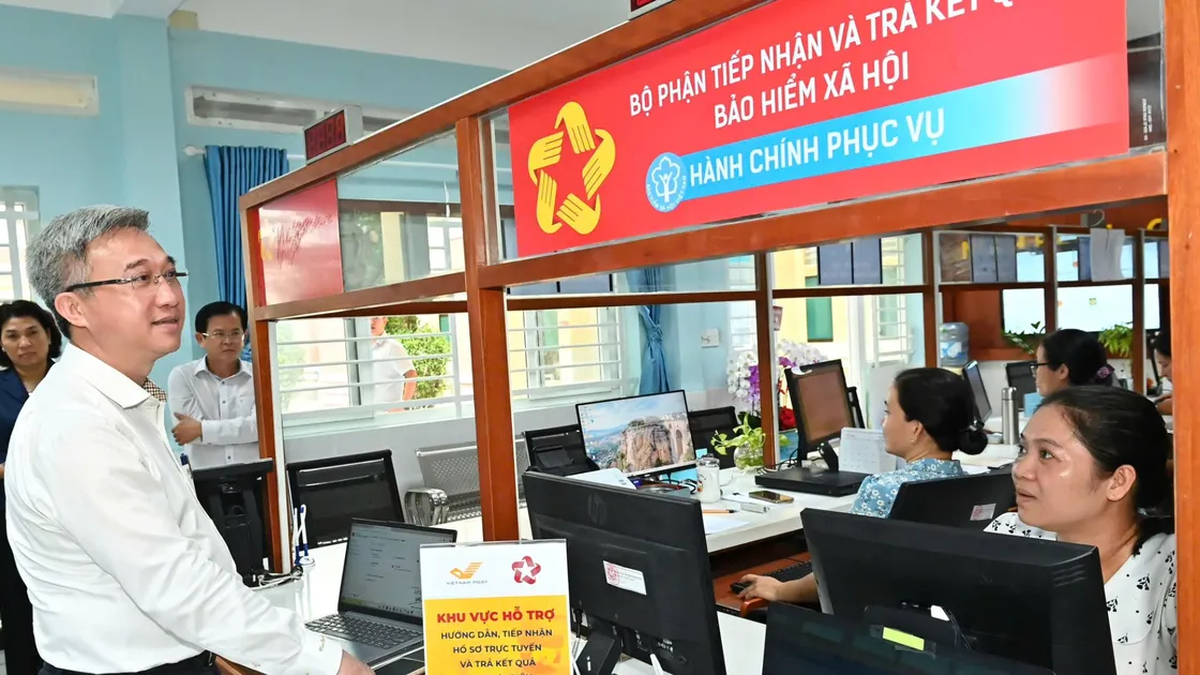
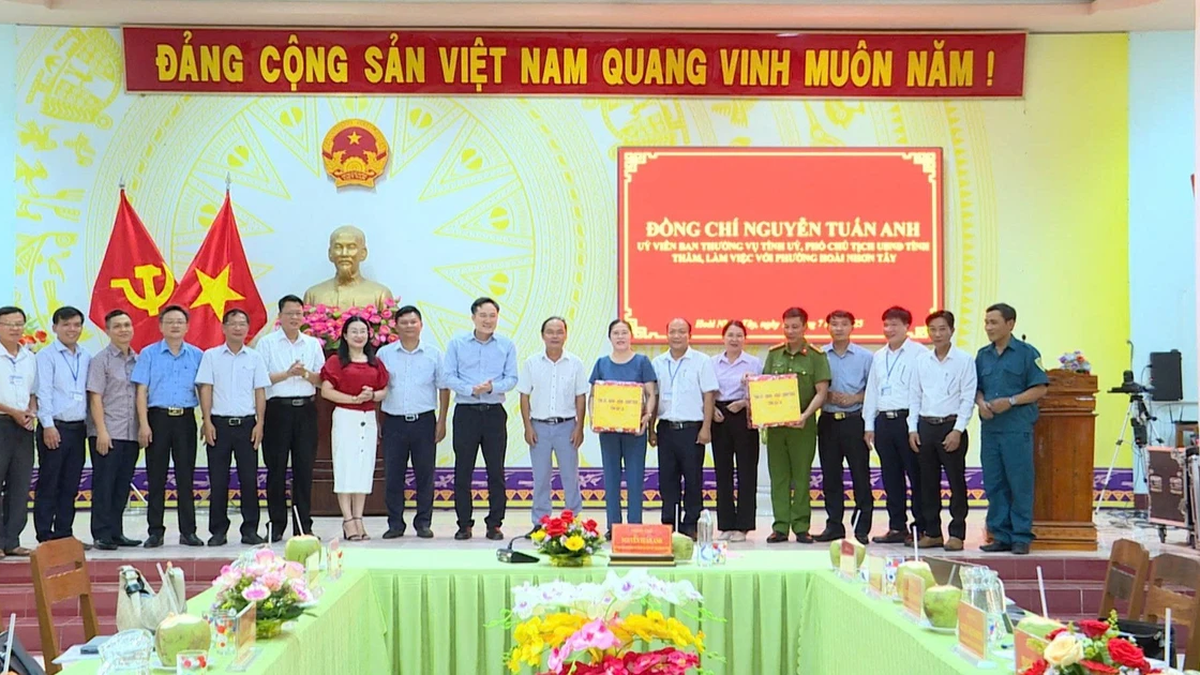







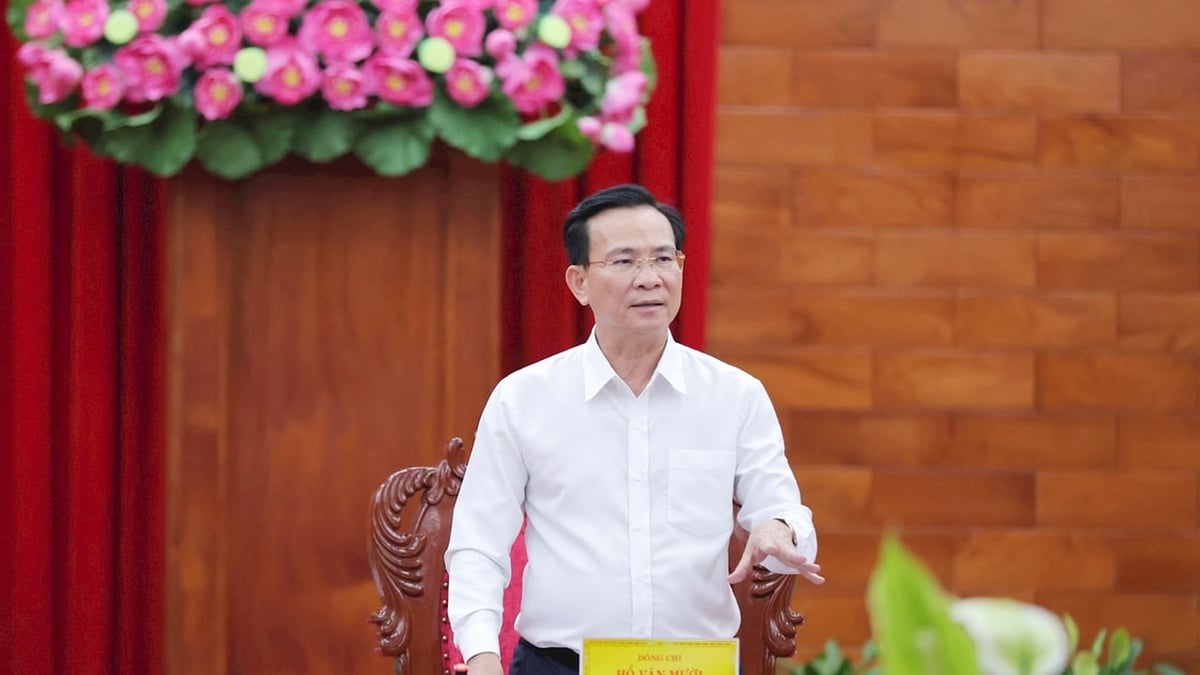








































![[Maritime News] More than 80% of global container shipping capacity is in the hands of MSC and major shipping alliances](https://vphoto.vietnam.vn/thumb/402x226/vietnam/resource/IMAGE/2025/7/16/6b4d586c984b4cbf8c5680352b9eaeb0)



















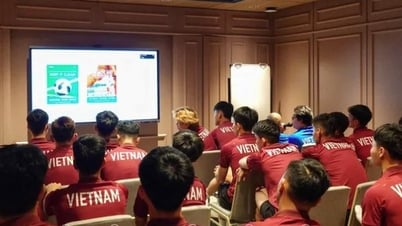
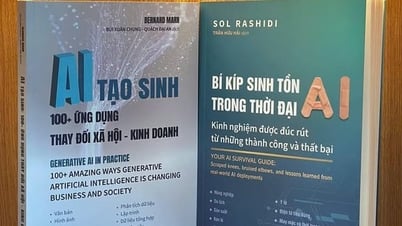
























Comment (0)